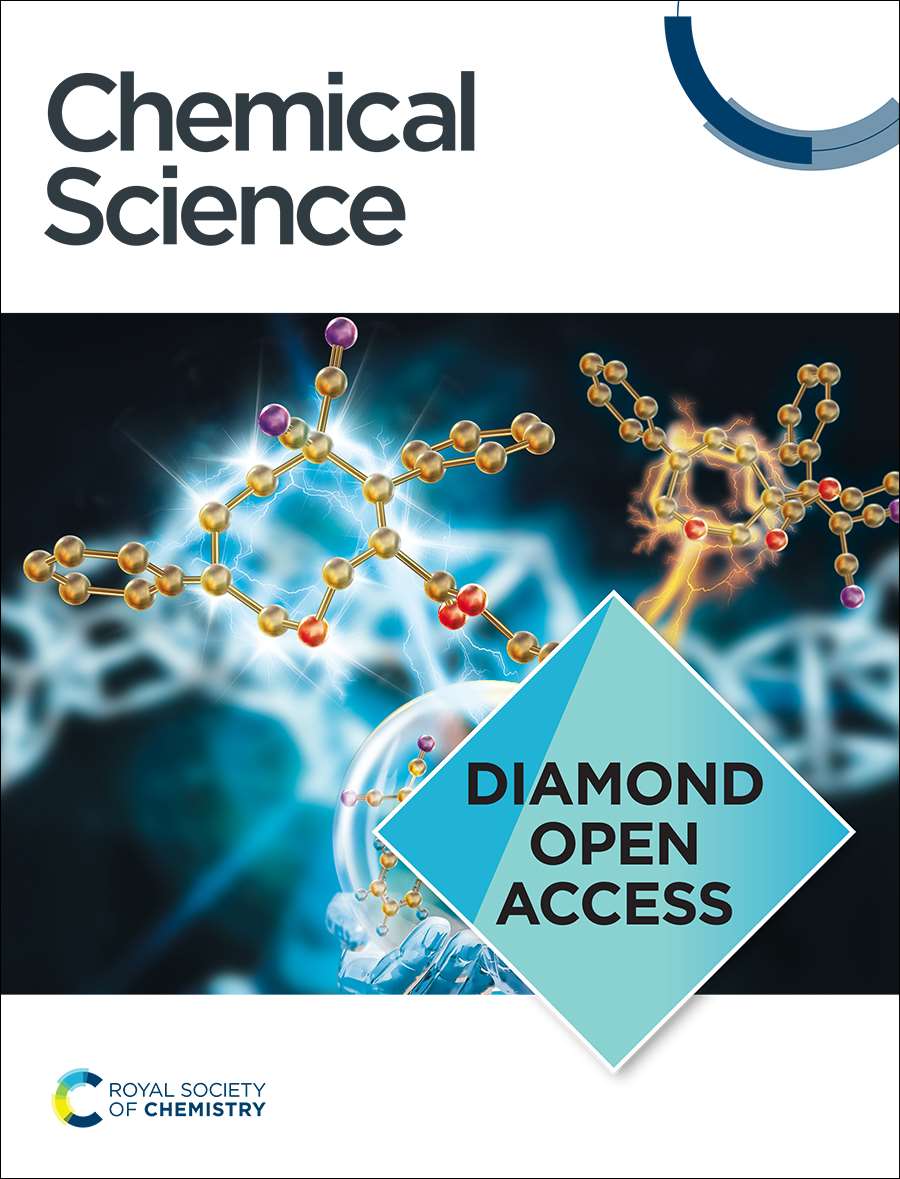Photo-triggered NO release of nitrosyl complexes bearing first-row transition metals and therapeutic applications
IF 7.6
1区 化学
Q1 CHEMISTRY, MULTIDISCIPLINARY
引用次数: 0
Abstract
In biological systems, nitric oxide (NO) is a crucial signaling molecule that regulates a wide range of physiological and pathological processes. Given the significance of NO, there has been considerable interest in delivering NO exogenously, particularly through light as a non-invasive therapeutic approach. However, due to the high reactivity and instability of NO under physiological conditions, directly delivering NO to targeted sites remains challenging. In recent decades, photo-responsive transition metal–nitrosyl complexes, especially based on first-row transition metals such as Mn, Fe, and Co, have emerged as efficient NO donors, offering higher delivery efficiency and quantum yields than heavy metal–nitrosyl complexes under light exposure. This review provides a comprehensive overview of current knowledge and recent developments in the field of photolabile first-row transition metal–nitrosyl complexes, focusing on the structural and electronic properties, photoreactivity, photodissociation mechanisms, and potential therapeutic applications. By consolidating the key features of photoactive nitrosyl complexes, the review offers deeper insights and highlights the potential of first-row transition metal–nitrosyl complexes as versatile tools for photo-triggered NO delivery.含第一排过渡金属的亚硝基复合物的光触发 NO 释放及治疗应用
在生物系统中,一氧化氮(NO)是一种重要的信号分子,可调节各种生理和病理过程。鉴于一氧化氮的重要性,人们对外源性输送一氧化氮产生了浓厚的兴趣,特别是通过光作为一种非侵入性治疗方法。然而,由于 NO 在生理条件下的高反应性和不稳定性,将 NO 直接输送到目标部位仍然具有挑战性。近几十年来,光响应过渡金属亚硝基复合物,尤其是基于第一排过渡金属(如锰、铁和钴)的过渡金属亚硝基复合物,已成为高效的 NO 给体,在光照射下比重金属亚硝基复合物具有更高的输送效率和量子产率。这篇综述全面概述了可发光的第一排过渡金属-亚硝基配合物领域的现有知识和最新进展,重点关注其结构和电子特性、光活性、光解离机制以及潜在的治疗应用。通过整合光活性亚硝基配合物的关键特征,该综述提供了更深入的见解,并突出了第一排过渡金属-亚硝基配合物作为光触发 NO 释放的多功能工具的潜力。
本文章由计算机程序翻译,如有差异,请以英文原文为准。
求助全文
约1分钟内获得全文
求助全文
来源期刊

Chemical Science
CHEMISTRY, MULTIDISCIPLINARY-
CiteScore
14.40
自引率
4.80%
发文量
1352
审稿时长
2.1 months
期刊介绍:
Chemical Science is a journal that encompasses various disciplines within the chemical sciences. Its scope includes publishing ground-breaking research with significant implications for its respective field, as well as appealing to a wider audience in related areas. To be considered for publication, articles must showcase innovative and original advances in their field of study and be presented in a manner that is understandable to scientists from diverse backgrounds. However, the journal generally does not publish highly specialized research.
 求助内容:
求助内容: 应助结果提醒方式:
应助结果提醒方式:


